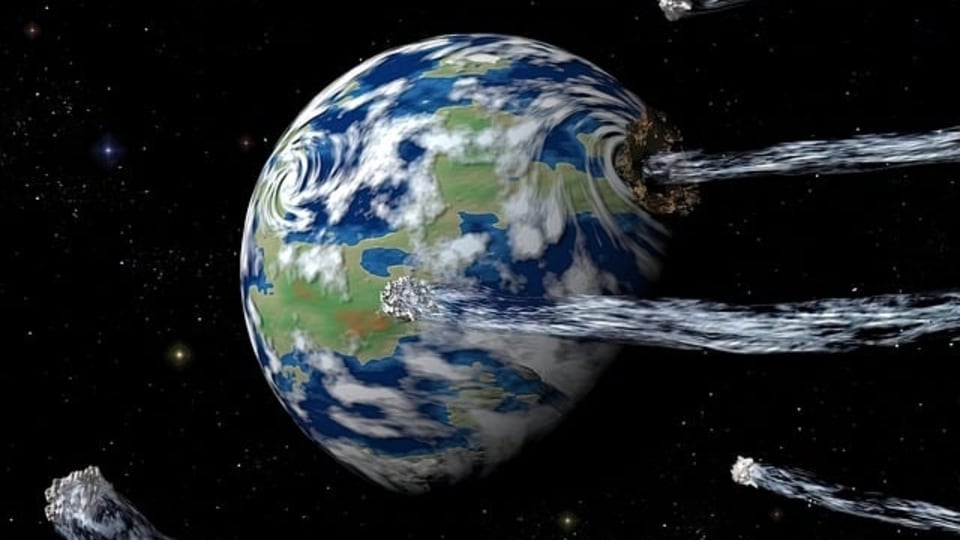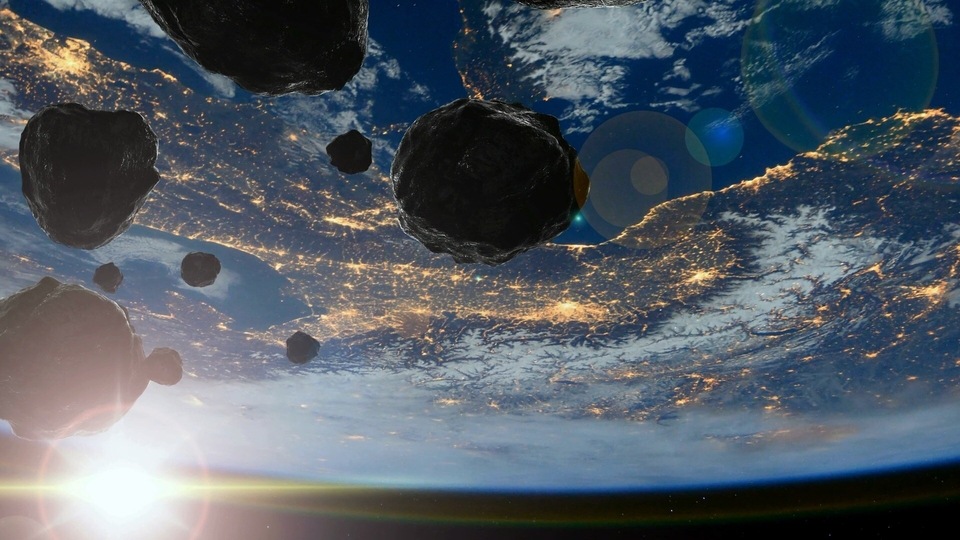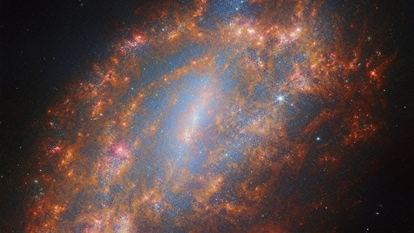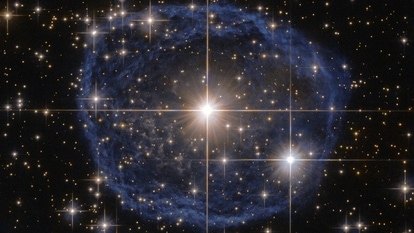NASA telescopes track 170-foot asteroid charging towards Earth for a close approach
Asteroid 2018 BG5, which is the size of an aircraft, is expected to make its closest approach to Earth today. Know details, as per NASA.






 View all Images
View all ImagesWe've heard the tale of an asteroid crashing on Earth nearly 65 million years ago and wiping out the dinosaurs since our childhood. But did you know that it is backed up by a hypothesis? According to the Alvarez hypothesis, this extinction was caused by a massive asteroid that crashed on Earth. Scientists have also discovered the origin of the asteroid. It would've originated between the orbit of Mars and Jupiter. The asteroid terraformed the planet and is likely the reason that started the extinction of dinosaurs. Scientists have even found the impact crater of the asteroid in Chicxulub, near the Yucatan Peninsula in Mexico.
Can a similar asteroid strike Earth today? Although experts say an asteroid could again impact the Earth, it is a 250-million-year cycle and is very likely to miss the lifetimes of our future generations and by the time one does come along, humans would be technologically so advanced they would be able to deal with the problem of the asteroid.
However, NASA is not taking any chances and is keeping an eye on all asteroids that come close to Earth. And now, with the help of its advanced tracking technology, it has recently discovered another asteroid that could potentially come close to Earth soon.
Is Asteroid 2018 BG5 dangerous?
NASA's Center for Near-Earth Object Studies (CNEOS) has designated this space rock as Asteroid 2018 BG5. One of the primary concerns about this asteroid is its humongous size. With a width of nearly 170 feet, it is almost the size of an aircraft. While the asteroid is not a planet killer, such a large asteroid still has the potential to cause severe damage.
It is bigger than the carbonaceous asteroid which crashed on Earth on June 30, 1908, in Yeniseysk Governorate, Russia, resulting in a 12-megaton explosion. This incident is now famously known as the Tunguska event.
Asteroid 2018 BG5: Other details
Asteroid 2018 BG5 will make its closest approach to Earth today, July 27, at about 4.1 million kilometers. Shockingly, it is already rushing toward Earth in its orbit, traveling at a speed of about 30094 kilometers per hour, which is just shy of the speed of a hypersonic ballistic missile.
Asteroid 2018 BG5 belongs to the Apollo group of Near-Earth Asteroids, which are Earth-crossing space rocks with semi-major axes larger than Earth's. These asteroids are named after the humongous 1862 Apollo asteroid, discovered by German astronomer Karl Reinmuth in the 1930s.
Catch all the Latest Tech News, Mobile News, Laptop News, Gaming news, Wearables News , How To News, also keep up with us on Whatsapp channel,Twitter, Facebook, Google News, and Instagram. For our latest videos, subscribe to our YouTube channel.




































